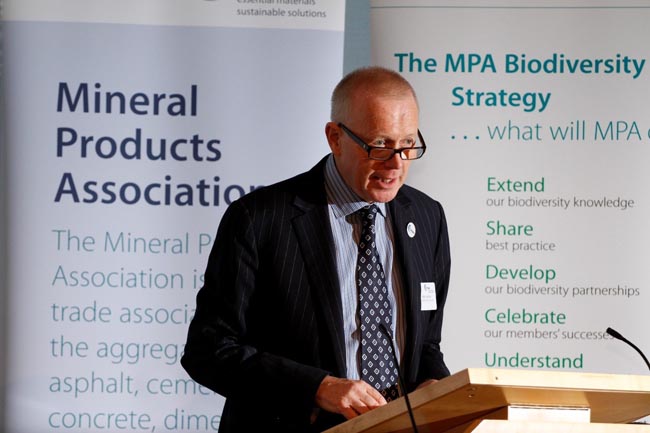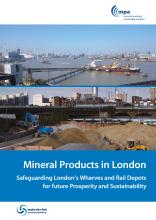
The
MPA evidence to the NIC had indicated that the significant use of rail and water transport by the aggregates industry could be constrained by inappropriate development adjacent to wharves and depots, for example poorly planned and designed housing, which can have the effect of constraining the operating hours of wharves and depots. The NIC concludes that it will “investigate the best way of balancing the need for housing with the need for wharf and rail capacity in its next phase of work.”
MPA chief executive Nigel Jackson said: “It is essential that key industry operations are safeguarded effectively in the planning system so that the industry can continue to use the most sustainable means of delivering aggregates, cement and other mineral products to customers. Competing land use pressures in urban areas has led and continues to lead to planning applications and developments close to industry operations which can constrain the operation of industry sites due to complaints from ‘new neighbours.’”
“Planning policy and policy implementation must provide effective long-term safeguarding for key industry operations such as wharves and depots. The fact that the NIC has identified “the forgotten element of spatial planning” as one of three critical issues which need to be addressed to enable the UK’s freight system to continue to provide cost effective services and contribute to sustainability improvements is a significant moment in addressing this problem.”
The mineral products industry delivers over 30 million tonnes of materials by rail and water annually and mineral products are now the largest rail freight commodity in term of tonnes lifted. On 18 December 2018, the Office of Rail and Road (ORR) reported in its latest rail freight statistics, for July to September 2018, that the construction category (mainly comprising mineral products) “continues to increase year on year and recorded its largest ever volume of freight moved in the quarter.








